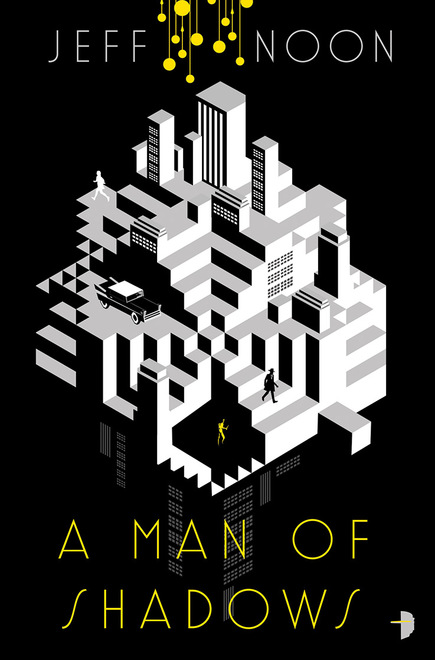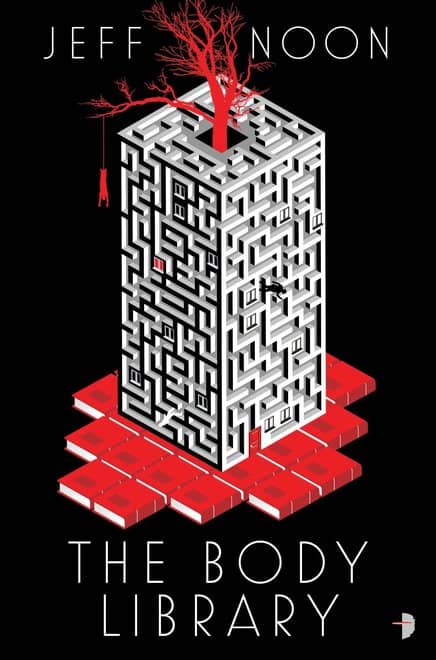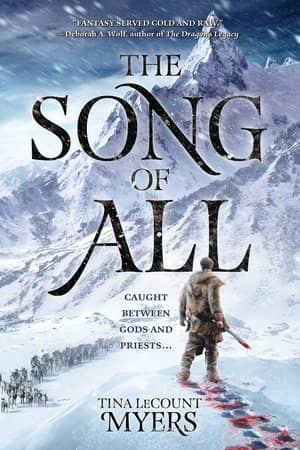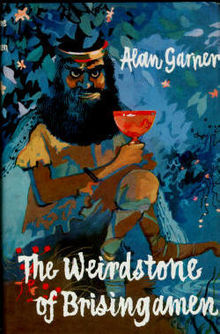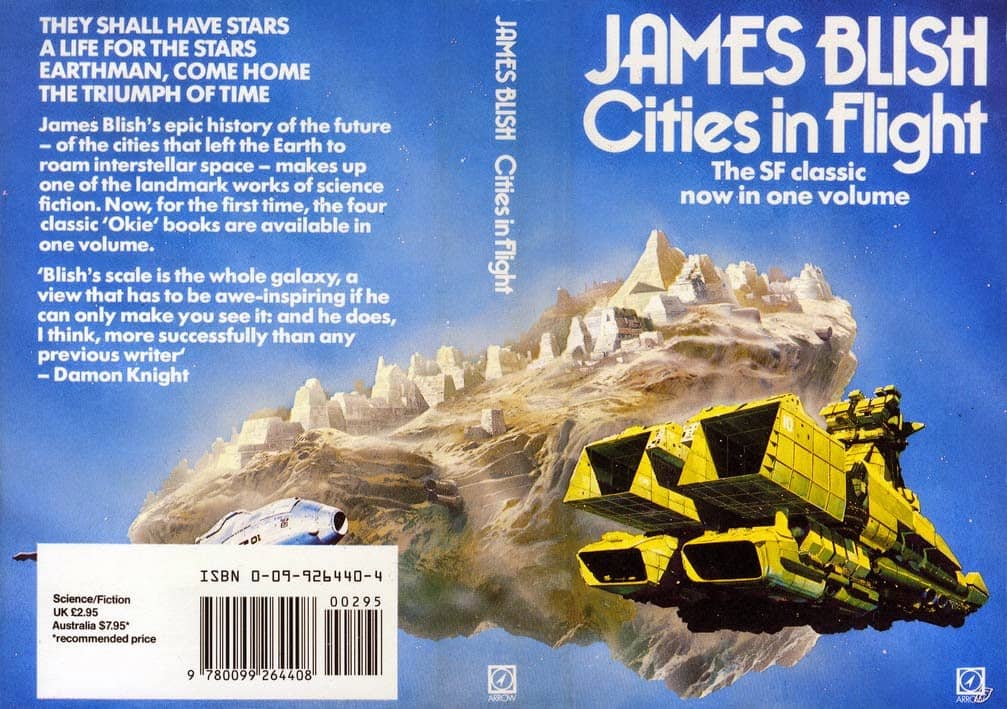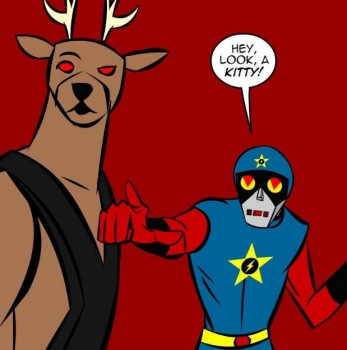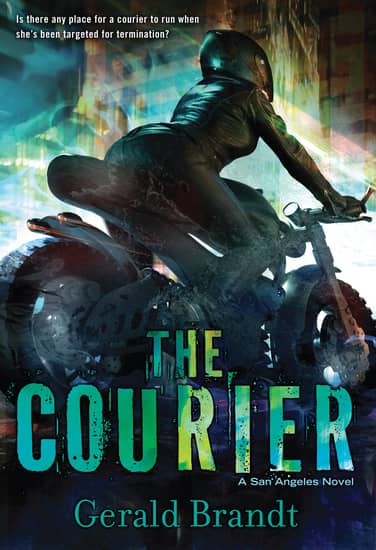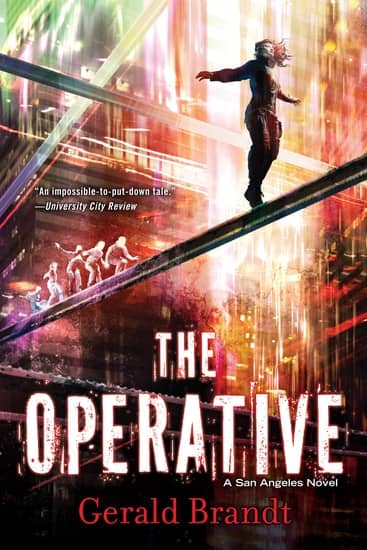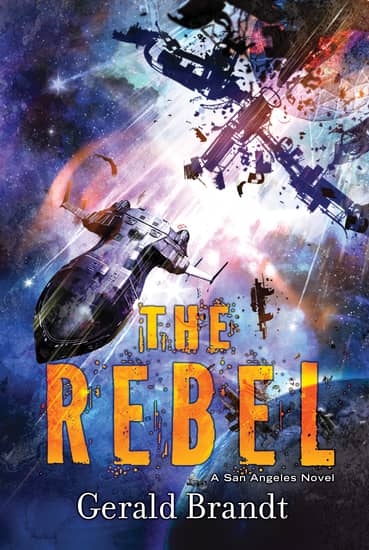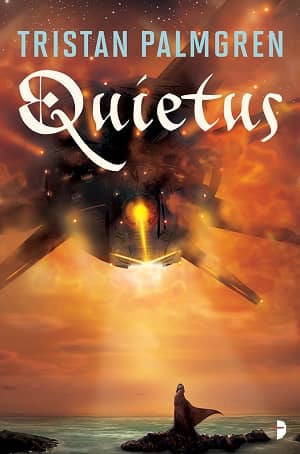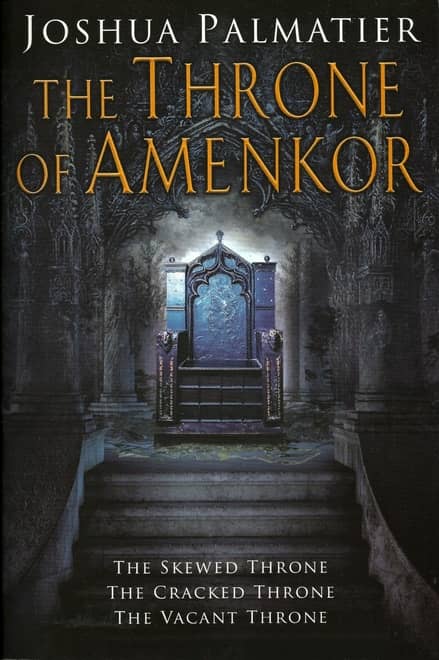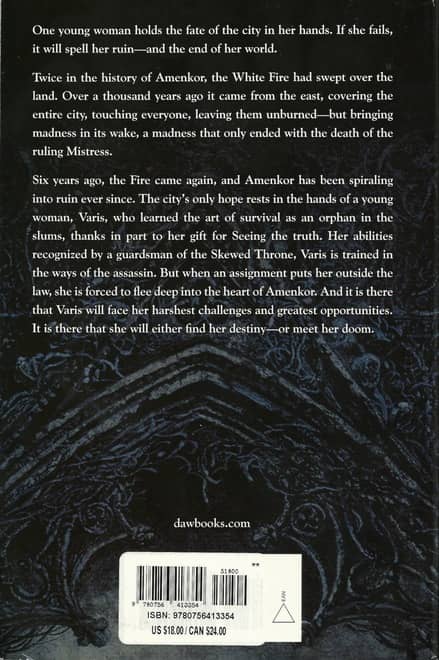A Worthy Successor to an Award-Winning Tradition: Provenance by Ann Leckie
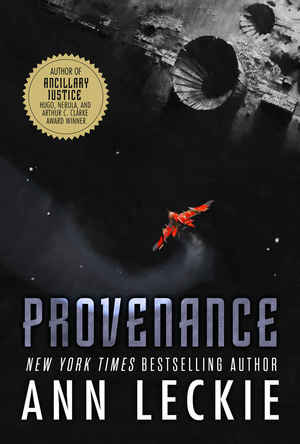 Ingray Aughskold hasn’t just risked her life’s savings for this moment. If she fails, she’ll have to work for years to make up the debt. Her reputation will be ruined, and she’ll lose her job. Worse, her adoptive mother will never choose her to inherit over her vile foster-brother Danach. But just when the deal’s supposed to come together, everything’s falling apart.
Ingray Aughskold hasn’t just risked her life’s savings for this moment. If she fails, she’ll have to work for years to make up the debt. Her reputation will be ruined, and she’ll lose her job. Worse, her adoptive mother will never choose her to inherit over her vile foster-brother Danach. But just when the deal’s supposed to come together, everything’s falling apart.
Sitting in a holographic room, Ingray can see the Facilitator clearly, and the Facilitator can see her. The Facilitator can also see the opposing party. To Ingray, however, he’s just a gray blur.
The blur cites “unexpected difficulties” in fulfilling the contract. “The package will not be delivered unless the payment is increased.”
But Ingray doesn’t have any more money. If this deal goes through, she won’t even be able to afford her next meal. She’ll have to wait to eat until she’s on board the ship home to Hwae. She really should’ve forced herself to eat breakfast that morning, no matter how nervous she may have been. “Then do not deliver it,” she says.
She’d probably be better off if the anonymous procurer didn’t cave. All she’d suffer would be a dent to her savings for the Facilitator’s fee and her travel expenses. She could go home and hatch some new scheme to outdo Danach. But she doesn’t get that lucky.
“Very well, then,” the blur says. “The deal goes forward.”
“Very well,” she answers. At which point, she takes custody of a large shipping crate. Which wasn’t what she was expecting at all.
Arriving at the small cargo ship she’s booked passage on, she runs into a new problem in the form of Captain Tic Uisine. Taking one look at the size and shape of her shipping container, he suspects human trafficking and insists on opening it.


